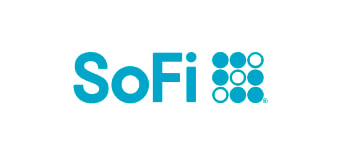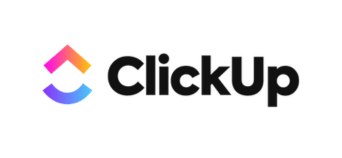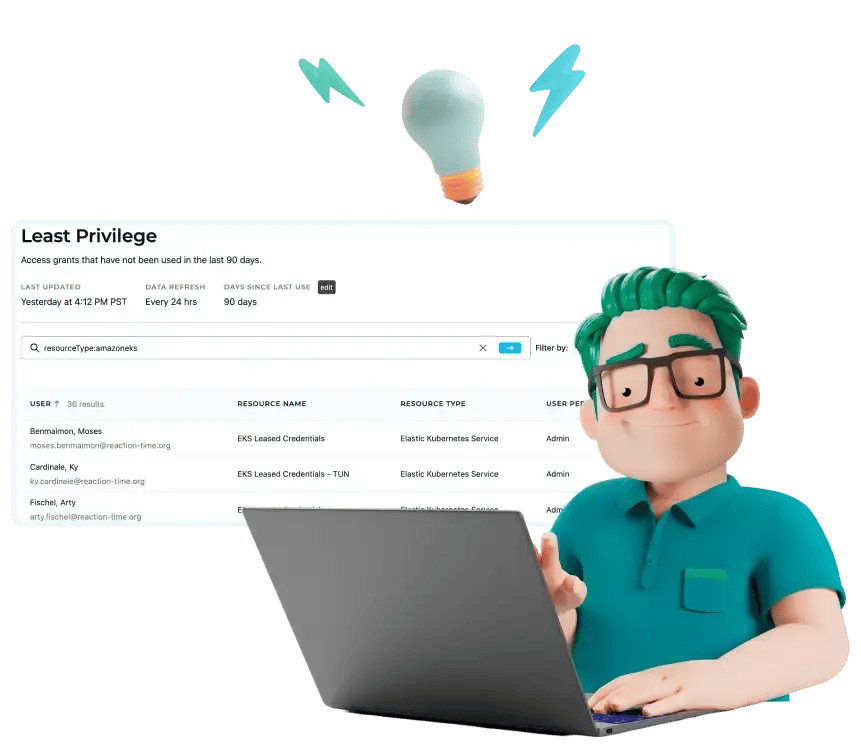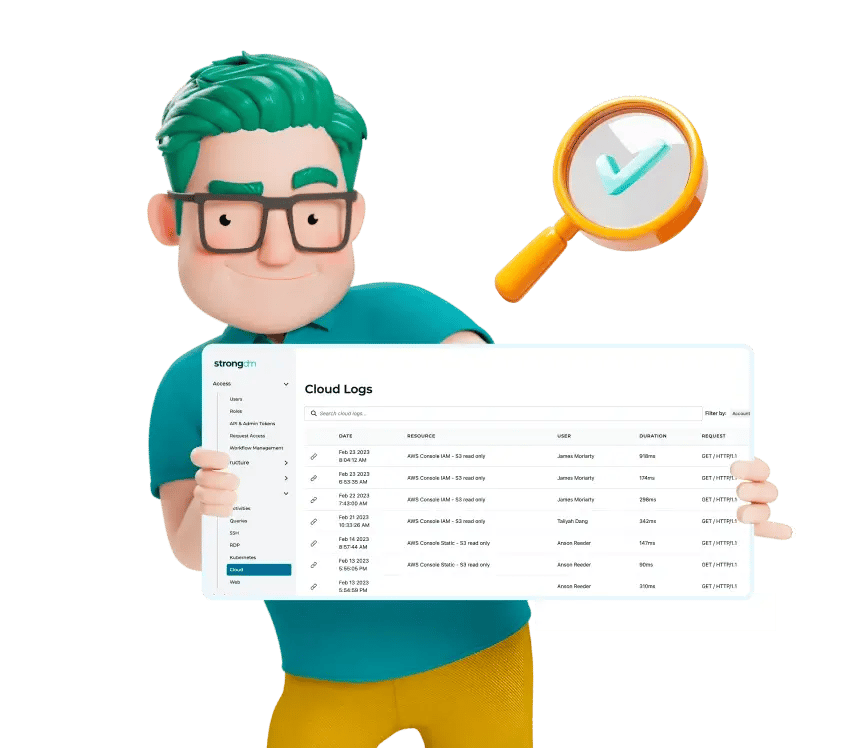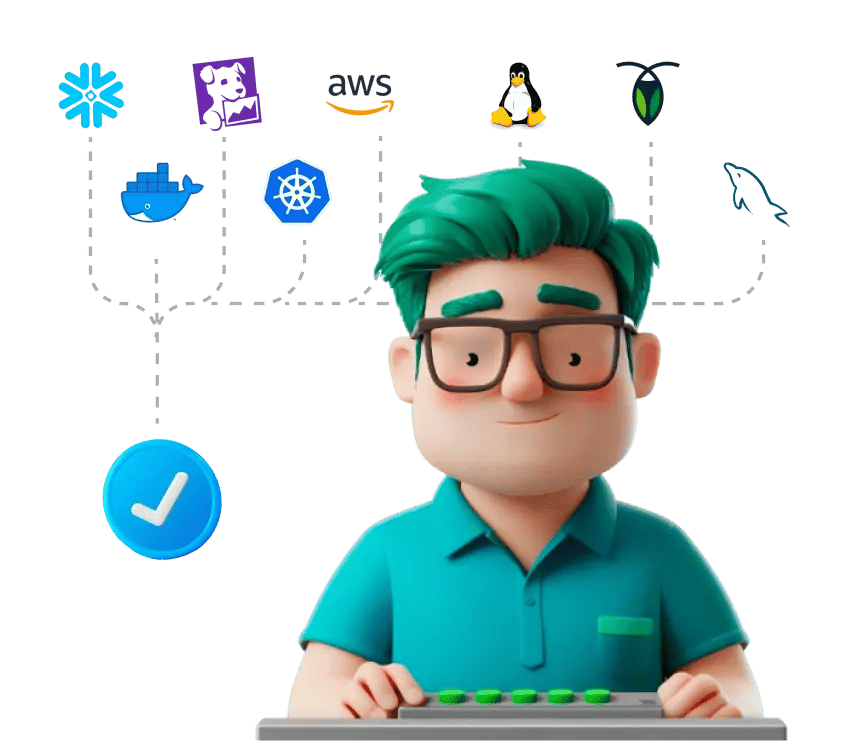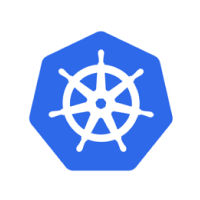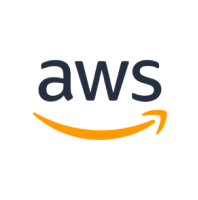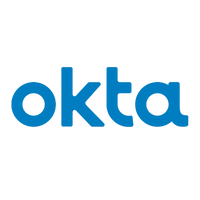1. Support a Greater Breadth of Resources
StrongDM supports a much larger variety of systems and protocols, including older systems that enterprises still rely on. StrongDM allows users to authenticate using credentials, cloud-native authentication, or certificate-based authentication. Teleport's solution, however, lacks support for legacy systems and authentication protocols means that they are a point solution for modern cloud architecture. Teleport only supports more modern systems that will allow their certificate-based authentication.
The Teleport agents run as root in every server you want to audit, creating a new attack vector and a new surface to protect. This also limits user access to critical infrastructure in the event that Teleport goes down. While Teleport does offer an agentless mode, it offers very limited features that do not include role-based access controls or granular auditing.
2. Leverage Your Existing Security Investment
StrongDM can leverage existing integrations with your vault, PAM, or IGA solutions and give you time to transition on your own schedule. Teleport does not integrate with other elements of the security ecosystem, forcing you to replicate your investment in IGA, device posture, etc.
3. Reliability
StrongDM updates daily without any downtime. Whereas, Teleport cloud is unreliable and availability numbers are inaccurate. When Teleport requires an update it results in downtime which means you can lose access to your critical systems for up to 6 hours. When there is a partial outage customers also lose all access to audit data putting compliance at risk.
4. Simplify Identity Lifecycle Management
StrongDM supports SCIM integration with identity providers to sync user and group provisioning, and this automates joiner, mover, leaver workflows. Teleport only supports certificates and cloud provider IAM authentication, and this greatly limits the systems they can connect to and your freedom of operation.
5. Easier to Adopt, Manage, and Maintain
StrongDM does not require agents to be installed on end resources. This means fewer administrative headaches in managing the solution and faster time-to-value for the product. With Teleport, you need to deploy an agent on every target resource as well as two different Teleport services (proxy and authentication).
The Teleport agents run as root in every server you want to audit, creating a new attack vector and a new surface to protect. This also limits user access to critical infrastructure in the event that Teleport goes down. While Teleport has an agentless mode, it offers very limited features that do not include role-based access controls or granular auditing.
💡Make it easy: Agentless architecture makes it easy to deploy, manage, and maintain StrongDM. Enforce just-in-time (JIT) security policies to cloud-native and hybrid infrastructures. Agents cannot be deployed on cloud-managed databases limiting Teleport’s agent design to provide JIT to all resources. Try it yourself.
StrongDM updates daily without any downtime, whereas Teleport places the burden of configuration management and high availability on the customer. Teleport cloud is unreliable, and availability numbers are inaccurate. When Teleport requires an update, it results in downtime, which means you can lose access to your critical systems for up to 6 hours. When there is a partial outage, customers also lose all access to audit data putting compliance at risk.
6. Secure and Auditable
StrongDM provides Advanced Insights to report on unused privileged access, sensitive access grants, and an overall access review at any point in time. Teleport has no such capability, making it impossible to prove to an auditor who had access to which systems when.
💡Make it easy: Out-of-the-box reports quantify your access permissions. Track metrics to enforce least privilege, prove security policies are enforced, answer access audit questions efficiently, and simplify incident investigations. Try it yourself.
7. Context-based Policy Control
StrongDM allows customers to define context-aware policies against StrongDM resources and enforce them with a centralized configuration. Teleport offers an access graph for comprehensive visibility of policies without centralized access management capabilities.
8. Pricing
StrongDM offers simple pricing, including support for all resource types. Teleport offers licensing by user and by resource, making costs add up quickly.

